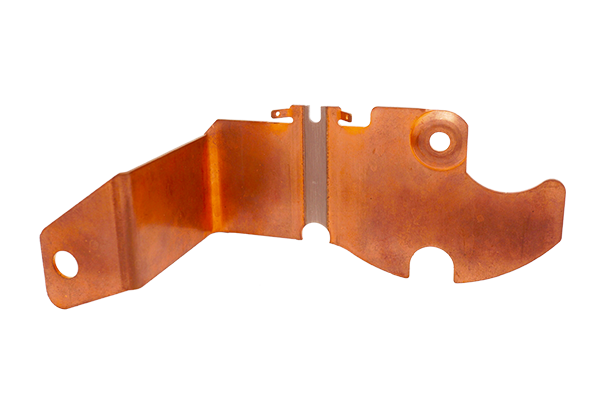
Be sure your solar panel is able to do that with the available lighting conditions.Ī switching regulator solution (such as is presented in another answer) can produce more output current than input current, but still must obey conservation of energy (power out < power in). Overall performance is usually better using continuous mode, and it allows maximum output power to be obtained from a given input voltage and switch current rating.

Both the 7805 and the external transistor may need heat-sinks.īefore actually building this, you might want to consider what your circuit should do if there is not enough solar energy available to provide 2A at 8 V to the input, and design appropriate precautions.Įdit: As has been pointed out in the comments, a linear solution like this one requires the solar panel be able to produce 2 A at the regulator input voltage (8 V-ish). In most Buck regulator applications, the inductor current never drops to zero during full-load operation (this is defined as continuous mode operation). While voltage regulators are most commonly used for DC/DC. Voltage regulators (VRs) keep the voltages from a power supply within a range that is compatible with the other electrical components. Therefore, all trackers and some voltage regulators tolerate an output voltage up to V Q 45V, which protects them against shorts to battery at the output. A voltage regulator is a circuit that creates and maintains a fixed output voltage, irrespective of changes to the input voltage or load conditions. The drawback is that this increases the dropout voltage - you may need 8 V input to get 5 V out, rather than the 7 V you'd need for the 7805 alone. In order to protect the voltage regulator output against short circuits to the battery, the maximum voltage allowed at the output Q is much higher than the nominal output voltage. Here is an example used to power a microcontroller: Input range: 8.4V to 12.6V. three separate transistor voltage regulator circuits covering.

Power transistor voltage regulator how to#
In this post, I will discuss how to design a robust linear regulator with discrete components. Dual Voltage Power Supply for Operational Amplifiers. Here's the example from the Fairchild datasheet: The first challenge is to regulate output voltage, and the second challenge is to survive a short-circuit event. Many 7805 datasheets show this as an example application circuit. A zener controlled voltage regulator is used when the efficiency of a regulated power supply becomes very low due to high current. Yes, the 7805 regulator can be used to control an external pass transistor.


 0 kommentar(er)
0 kommentar(er)
